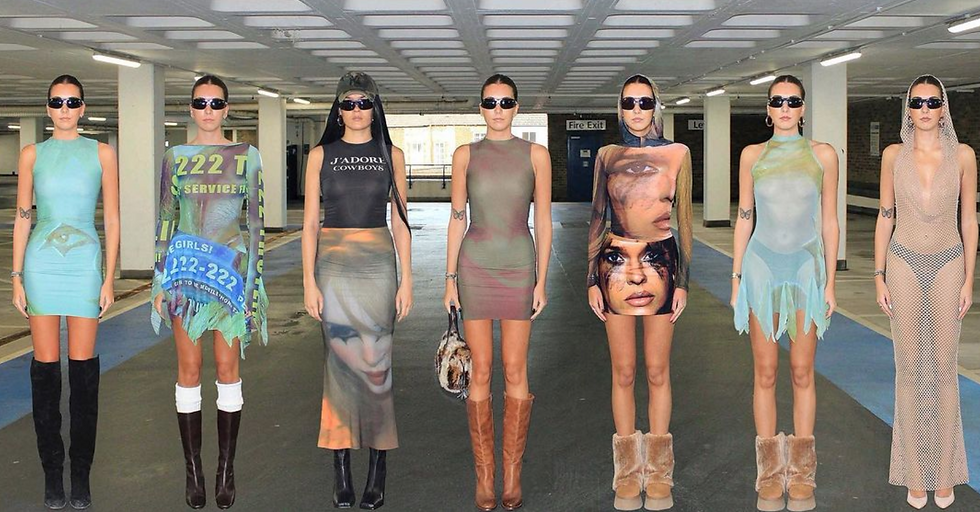Reimagining The Market
- dunlopalice
- Sep 2, 2018
- 2 min read
Updated: Apr 8, 2021
With the ever-increasing pace of the Fashion industry, standing out and remaining relevant is something even the largest and most prestigious designer brands are having to adapt to. With the dramatic fall of some fashion brands in the recent years- Charlotte Olympia and Jaeger being amongst those- it’s no secret that having a history of Vogue features and Celebrity endorsed campaigns proves very little in the current customer climate. With target customers becoming more aware of where product comes from, and the ever looming shadow of Brexit steeply upon us, brands are acquiring a more complex identity in order to remain relevant during these uncertain times.
The use of fur is one topic that isn’t new to the fashion industry, and one that many luxury brands have had to deal with backlash against. A once unconcerned consumer that only cared for materialistic qualities, along with the idea that fur represented luxury and glamour, has now swapped their fur draped shoulders for faux fur and vegan leather. A scene from Sex and The City springs to mind when thinking about the fashion worlds involvement with fur, in which Samantha is faced with animal activist groups whilst lavished in animal product and splattered with (what we all hope was fake) blood. This scene splits two parts of society clearly, with the animal right activist’s vs the fashion obsessed; but now this clear divide has become blurred. With members of society becoming involved in, what would have used to have been considered opposing personalities, fashion goers are now being held accountable in terms of what they wear and represent. Stella McCartney led the way in the banning of fur within her product range when the brand launched as fur free in 2001. McCartney’s recent split from 50/50 shareholder, Kering, and being able to run without outside funding, is a key indicator in to how a designer brand can run successfully in a competitive field without using fur, or even leather. This brand strategy paves the way for others and sets the tone for a more modern use of materials. Looking to more recent times, Gucci, one of the largest fashion houses, announced plans to ban fur starting with their SS18 collection which positively echoes the demand of their current, and future, customer base. As a reflection of this, Alessandro Michele stated in an interview with Vogue magazine, “now it’s more than beauty. It’s a state of mind. It’s an idea of community and really deep expression”.
As for other luxury brands, Mulberry and Louis Vuitton amongst these, only time will tell when they choose to recognise the wider target market that could available for them with the eradicating of fur.




Comments